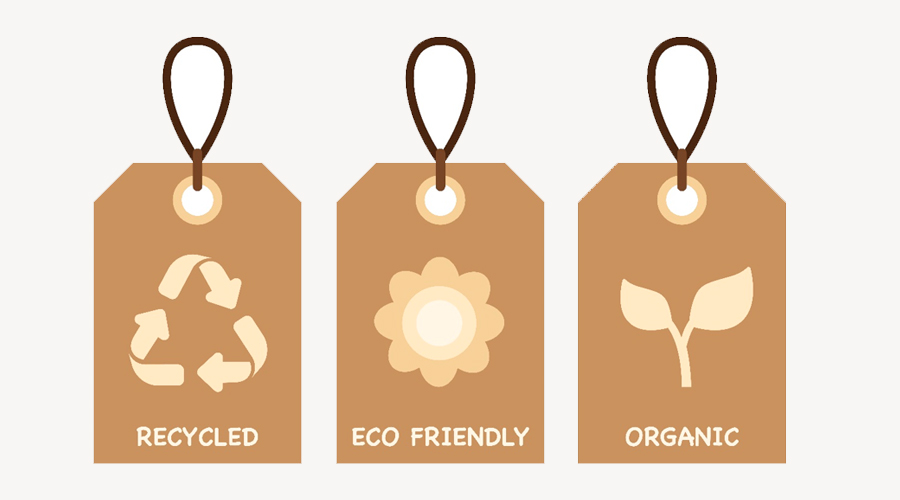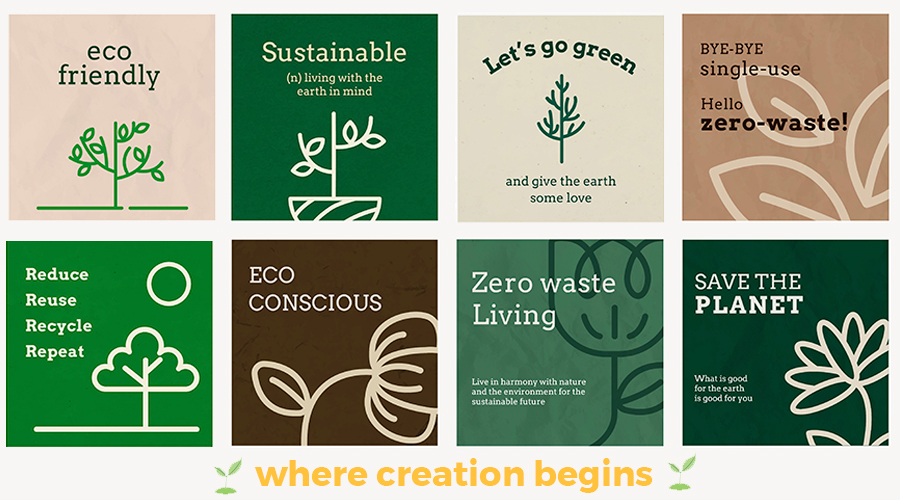Responsible environmental labelling is an important tool to inform consumers about the environmental impact of a product or service.
To build consumer trust and encourage sustainable practices, it is essential to be guided by responsible labelling and honest communication.
There is an infinite amount of labelling with environmental information indicating the origin of sustainable materials, symbols and certifications related to recycling, energy efficiency, carbon footprint, information on packaging, instructions for the efficient use of equipment, and a long etcetera.
But in order to distinguish between effective and truthful information, and information that only pretends to present a friendly and sustainable image without actually being so, there are some key principles:
Full transparency
- Provides complete and transparent information about the product or service. This includes details about the materials used, manufacturing, packaging and any associated environmental impacts.
Verifiable Certifications
- It uses recognised, third-party verifiable certifications to back up environmental claims. This helps ensure that labelling is credible and reliable.
Life Cycle Assessment
- Consider providing information on the product’s life cycle, from the extraction of raw materials to its final disposal. This allows consumers to better understand the total environmental impact.
Clear and Understandable Language:
- Use clear and understandable language in labelling. Avoid unnecessary technical jargon and ensure that consumers can easily understand the information provided.
Information on Limitations
- If there are limitations or areas where the product does not yet fully comply with environmental standards, communicate this clearly. Honesty strengthens credibility.
Quantifiable Data
- Providing concrete figures, e.g. on emission reductions or the percentage of recycled material is always better than general messages such as “environmentally friendly”.
Regular updating
- The information provided must be up to date. There are times when products and processes may change, and this information must be accurately conveyed.
Consumer Education
- Include educational elements in labelling to help understand the meaning of symbols used and certifications.
Responsible labelling and honest communication offer a number of advantages for both companies and consumers, as well as for the environment.
- Promote consumer confidence
- Enables companies to differentiate themselves in the marketplace
- Contributes to the promotion of sustainability

And what is known as greenwashing?
Greenwashing is a deceptive practice in which a company or entity pretends to be more environmentally friendly than it really is. It refers to the use of marketing and communication tactics that exaggerate or distort an organisation’s environmental practices in order to attract consumers seeking sustainable products and services.
Some of the common features are:
- False environmental claims
- Use of misleading environmental labels and symbols
- Lack of transparency
- Disconnect between marketing and actual practice
- Use of vague or confusing language
- Lack of real commitment to sustainability
- Advertisements highlighting the green image without substantial changes in their practices







